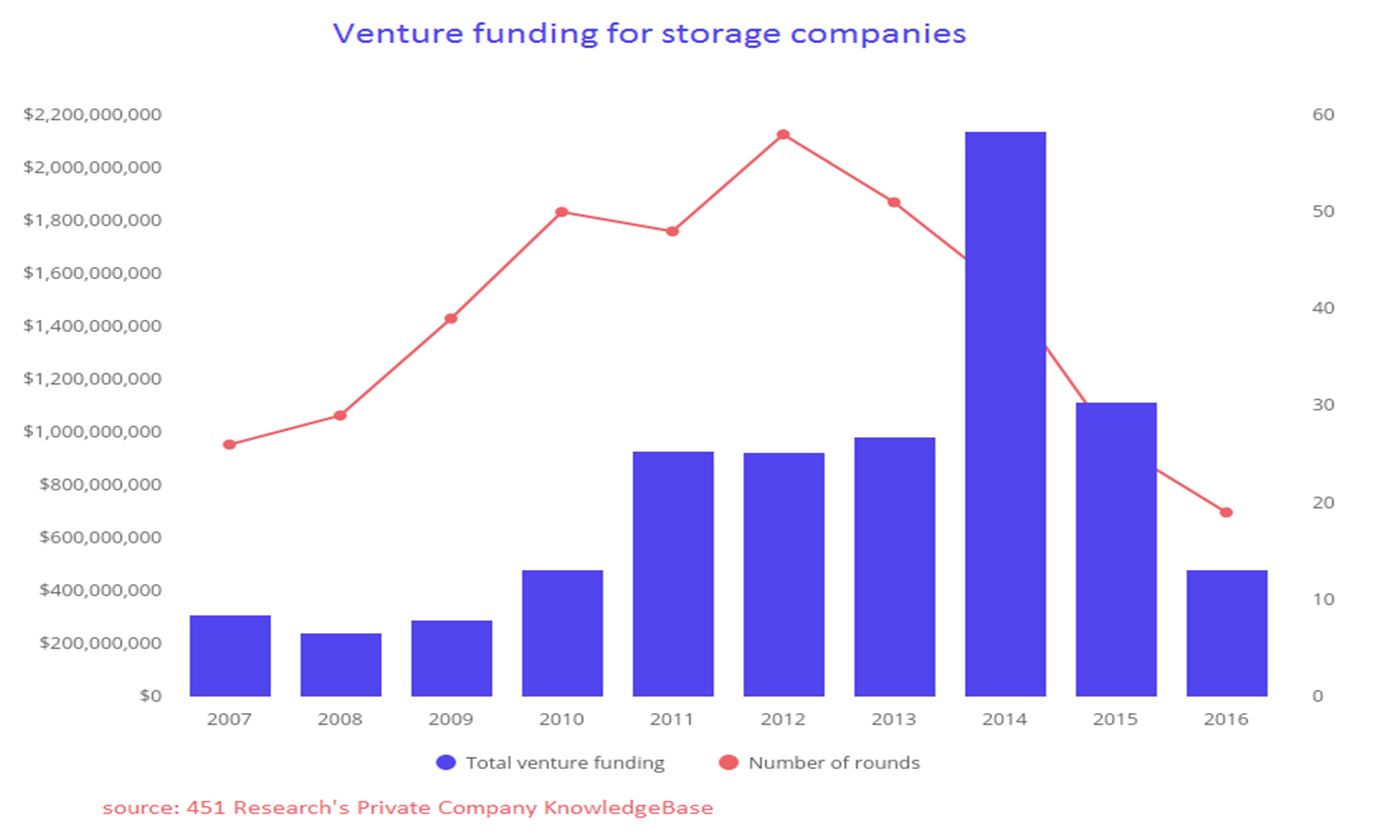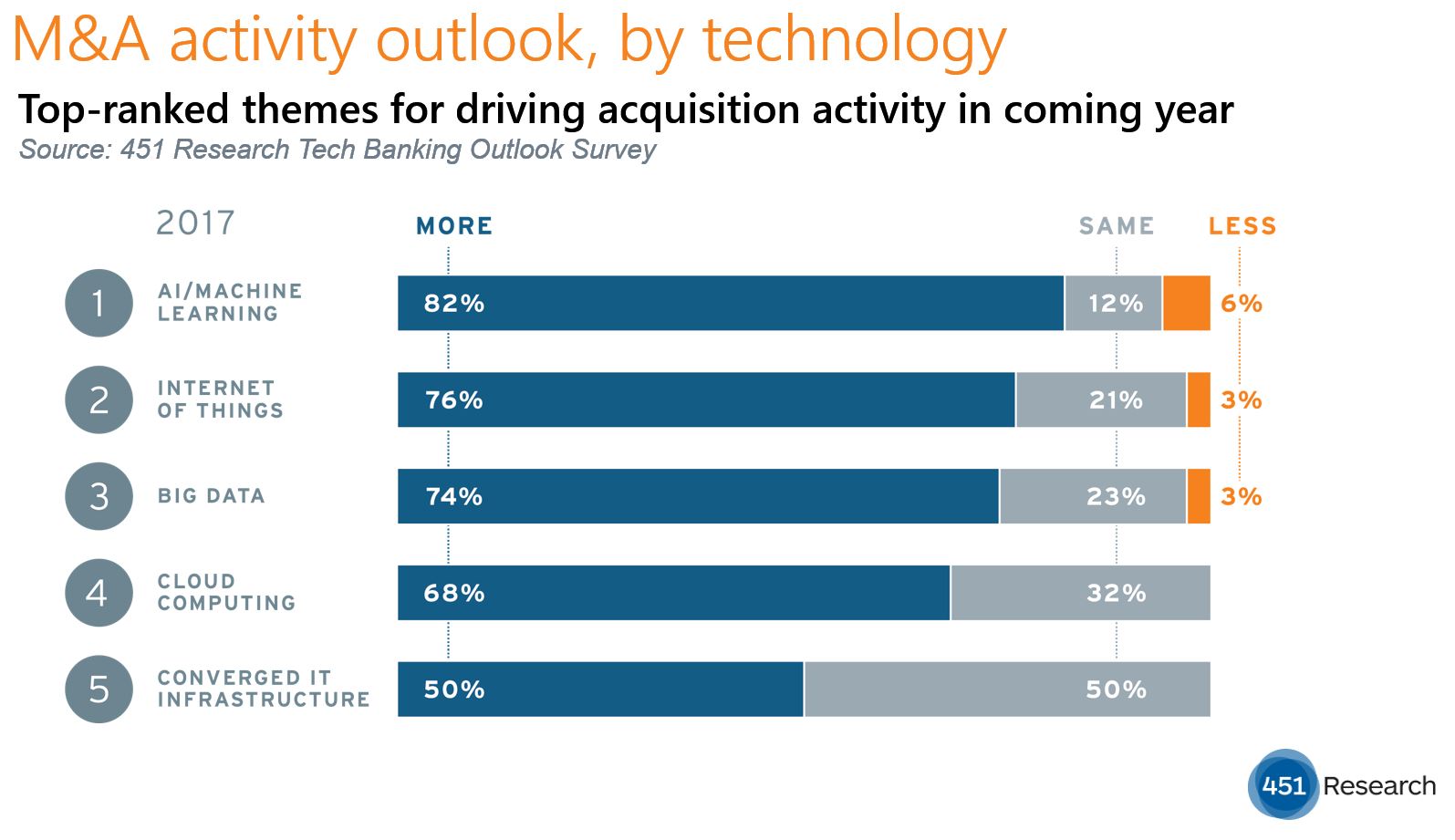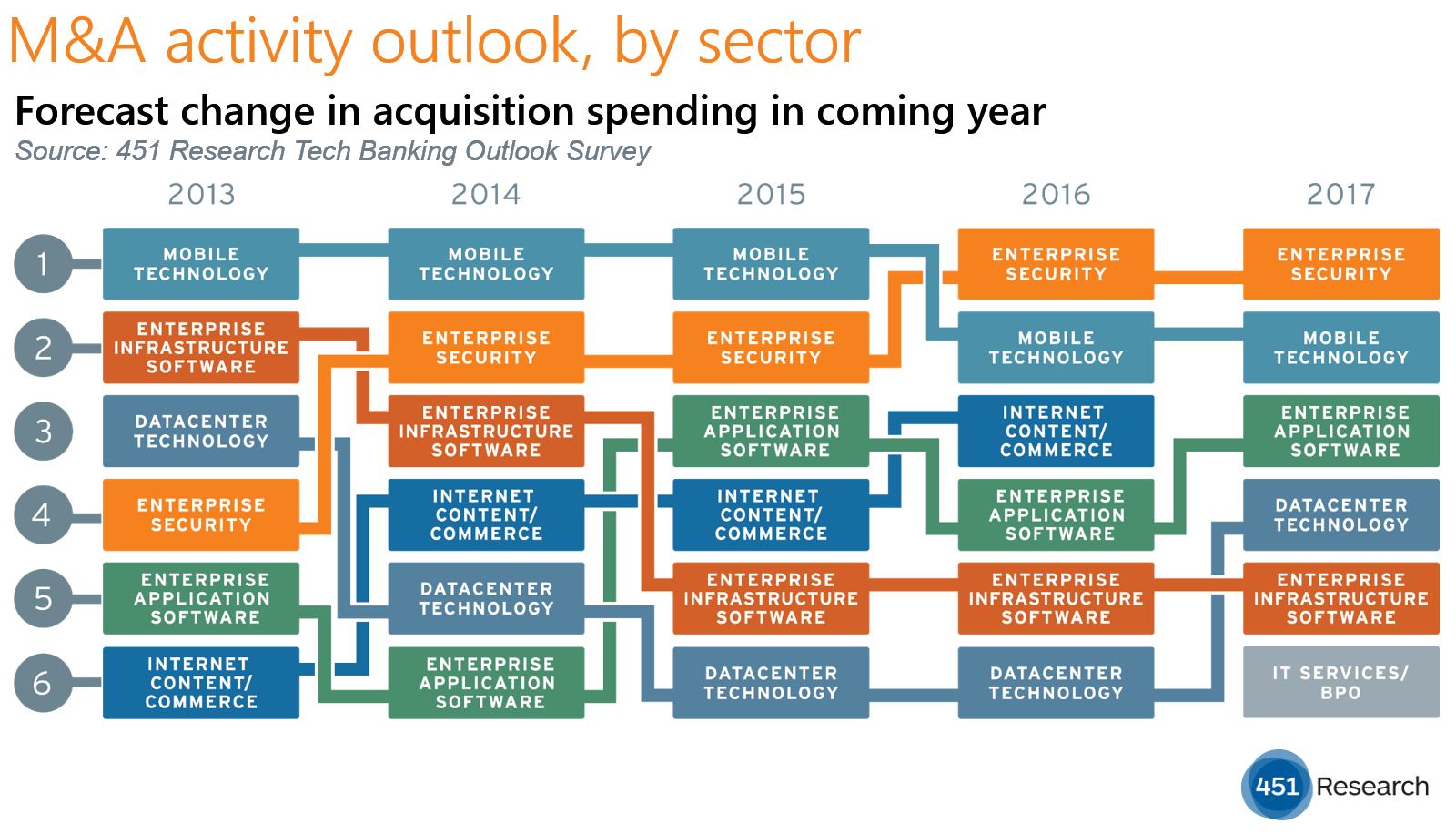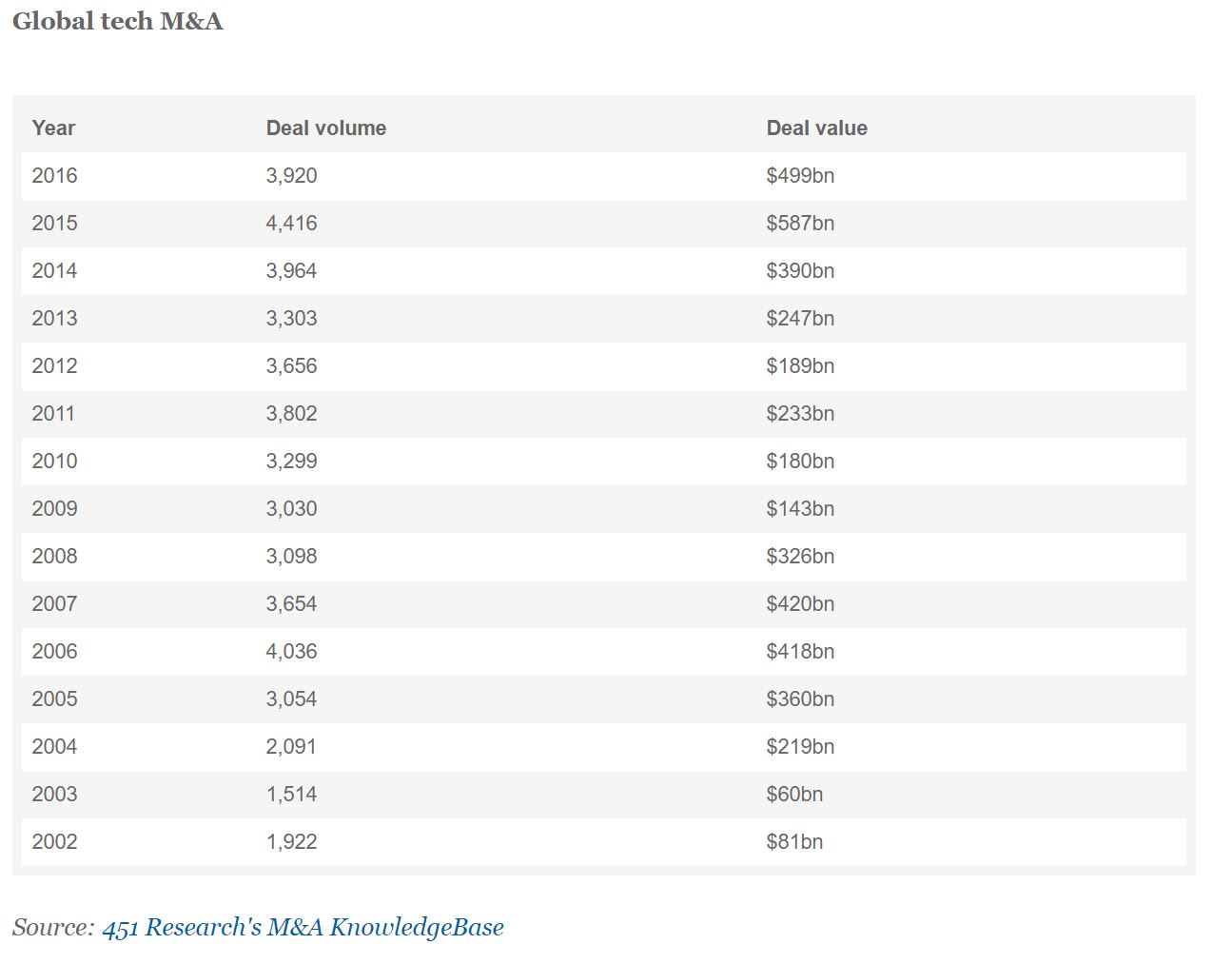451 Research’s annual look back on the year that was and look ahead to the year that’s coming in technology M&A has been moved in front of our paywall. (Click here to access the report.) The broad-market overview highlights many of the trends that drove acquisition spending to a surprisingly strong $500bn in 2016, and predicts how those will play out in 2017. The 5,500-word introductory report – which includes nearly 20 graphics, many of them drawing on 451 Research’s M&A KnowledgeBase – opens our full M&A Outlook, an 80+-page analysis of M&A drivers and predictions on M&A and IPO trends and activity in specific sectors of the IT market.
The full report, which serves as an ‘M&A playbook’ for many of the tech industry’s main acquirers, offers an in-depth forecast of trends that will likely shape dealmaking in eight segments of enterprise information technology, including information security, mobility and software. The full M&A Outlook report will be available at no additional cost for subscribers to 451 Research’s M&A KnowledgeBase Professional and M&A KnowledgeBase Premium, and will be available for purchase for 451 Research clients and others that don’t subscribe to our premium KnowledgeBase products. 451 Research will publish our full M&A Outlook – including the Introduction, which is available now, and the eight individual sector reports – in early February. 




